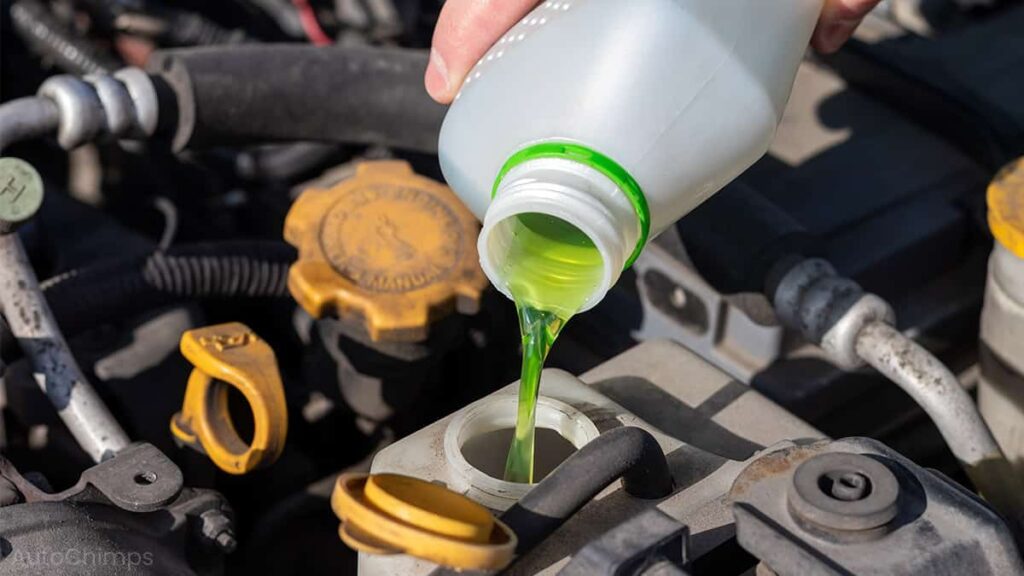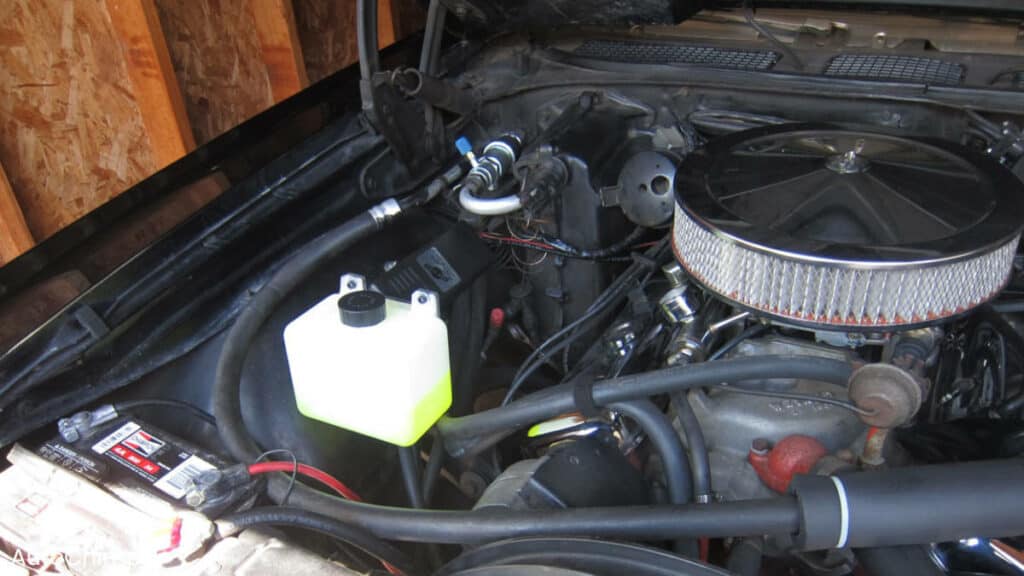
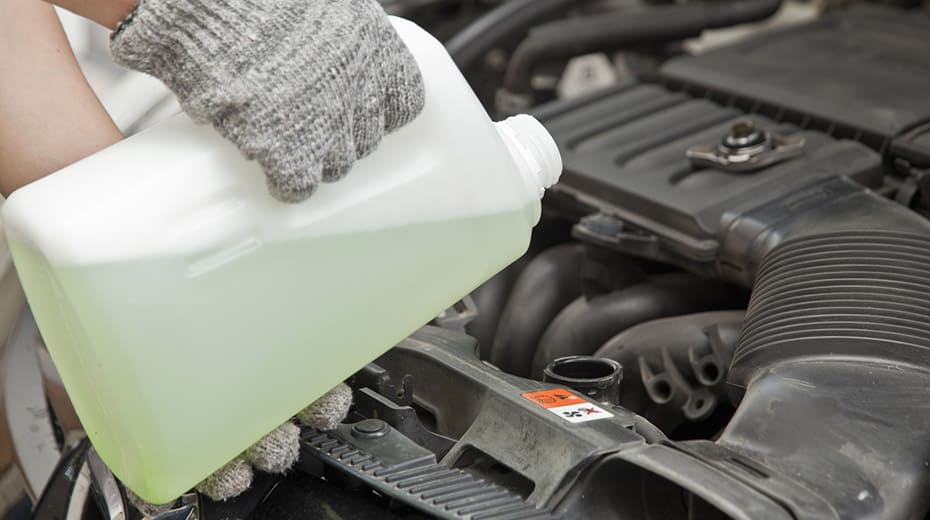
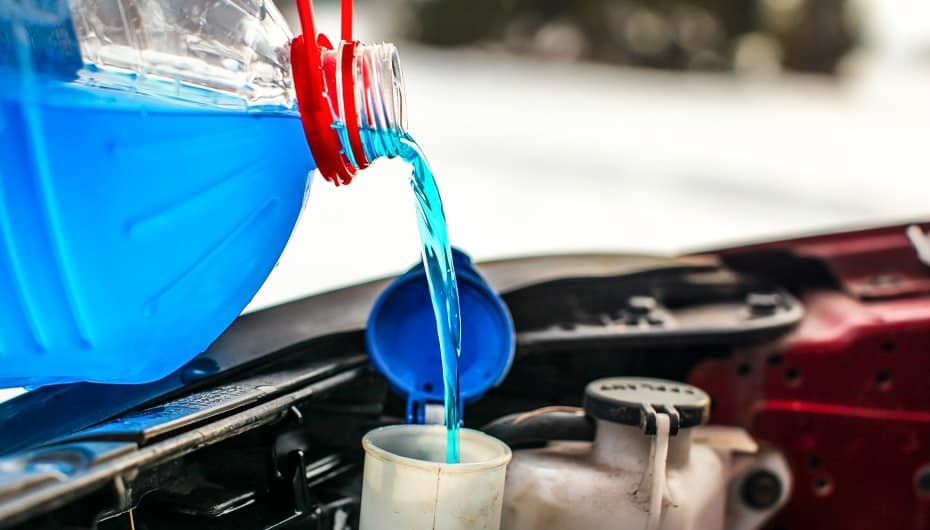
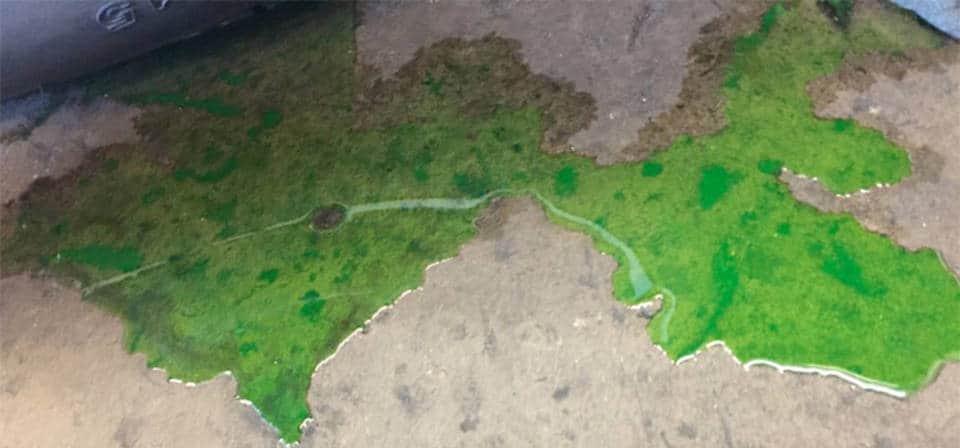
Overfilling Coolant: What Could Go Wrong?
Overfilling coolant might not seem like a big deal, but it can lead to some serious issues, fast. While it might not pose an immediate threat to the driver, it can wreak havoc on the engine and vehicle. Plus, leaking antifreeze can be dangerous for anyone or anything that might ingest it. So, even if it’s just a tad over the ‘MAX’ line, it’s best to play it safe.
What Is Coolant?

Coolant is basically a mix of water and antifreeze that circulates through the engine to keep things cool. It absorbs heat from the engine and releases it through the radiator. Most modern cars use a liquid-cooling system, so keeping an eye on coolant levels is crucial. Too little, and the engine overheats; too much, and it can cause pressure issues.
What Is The Coolant Tank?

In the engine bay, there’s a coolant tank filled with a colorful liquid, usually labeled ‘Engine Coolant’ or something similar. This is known as the coolant reservoir or overflow tank. It keeps the system sealed and pressurized while allowing for some expansion. Older cars had expansion tanks that vented excess pressure, but that’s not the case anymore due to environmental concerns.
Before popping open the coolant tank or radiator cap, it’s important to let the engine cool down. Opening it while it’s hot can lead to steam and hot liquid spraying out, which is no joke. A thick cloth can help protect against burns.
How Much Coolant Is Too Much?

Coolant levels should sit between the ‘minimum’ and ‘maximum’ marks on the tank. If it’s above that ‘MAX’ line, it’s too much. Simple as that!
What Happens If Coolant Is Overfilled?
Overfilling the coolant tank can lead to a few problems. The system gets overloaded, and pressure builds up. This can cause leaks, overheating, and even damage to parts like hoses and seals. If coolant starts leaking, it can create a mess and may even be harmful to pets or kids.

How To Remove Excess Coolant
If too much coolant has been added, don’t sweat it! Here’s how to fix it:
- Call a Mobile Mechanic: If unsure about handling it, a mobile mechanic can come and use a suction pump to remove the excess coolant.
- Use a Gentle Suction Pump: A manual vacuum pump or even a turkey baster can help suck out the extra coolant. Just make sure to dispose of it properly!
- Drain the System: This is a last resort. If a full drain is needed, wait for the engine to cool, then remove a hose and let the coolant flow out.
Can You Drive With Too Much Coolant?
It’s not a good idea to drive with overfilled coolant. Sure, a short trip might be okay, but why risk it? Fixing the issue only takes a couple of minutes, so it’s better to sort it out before hitting the road.

